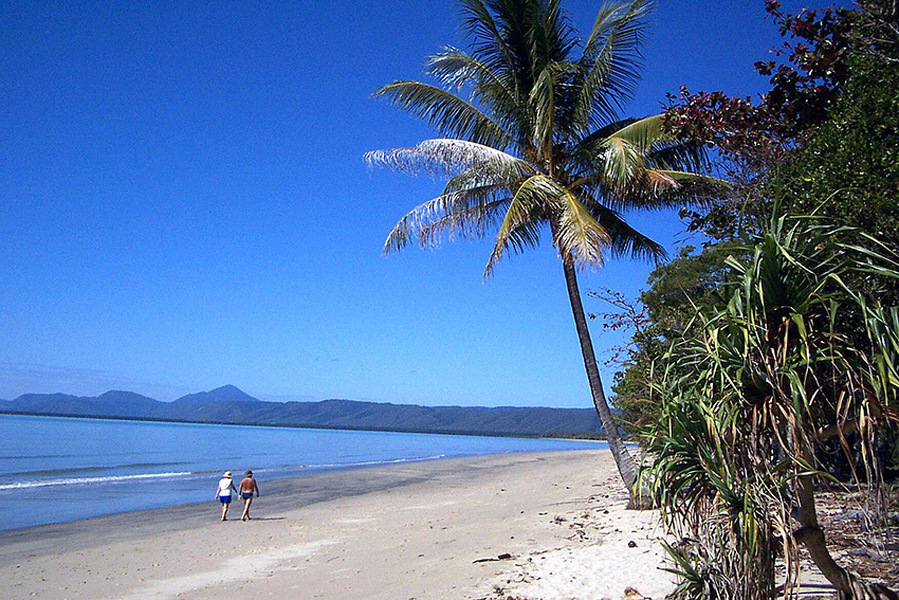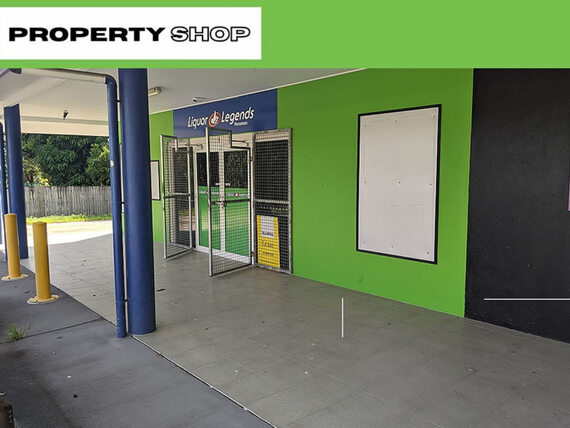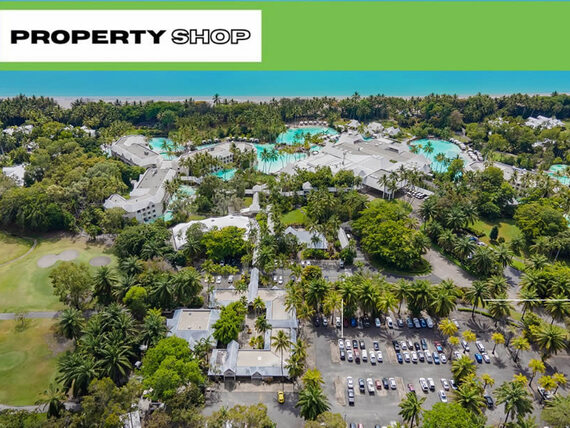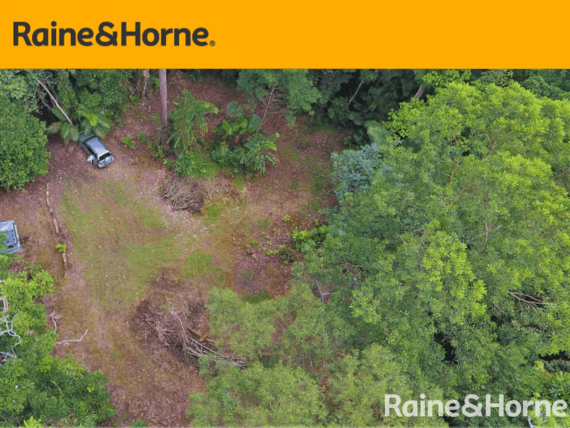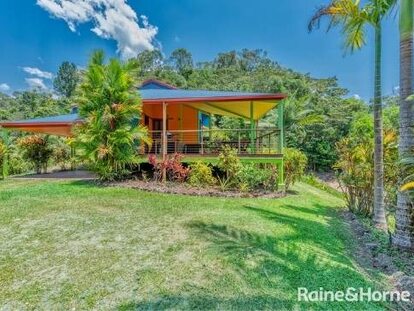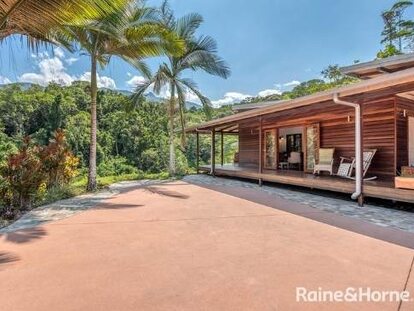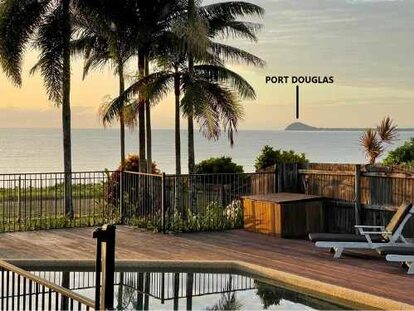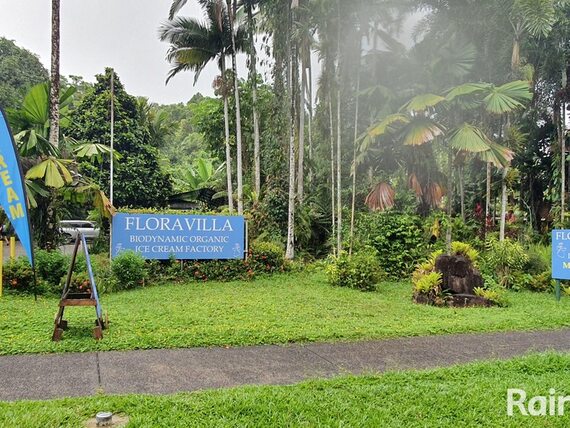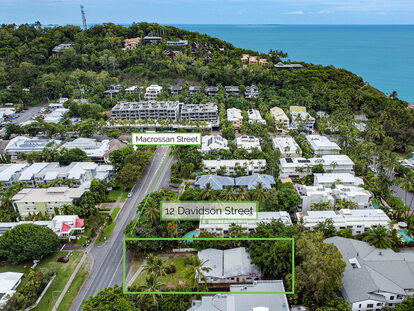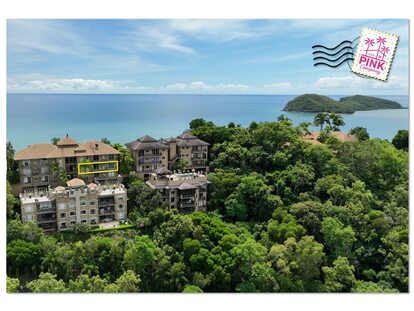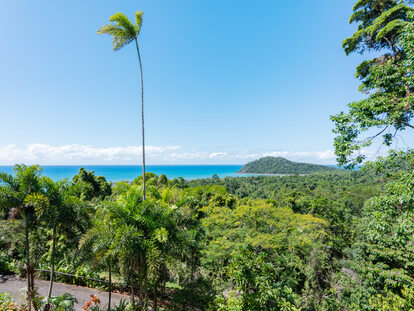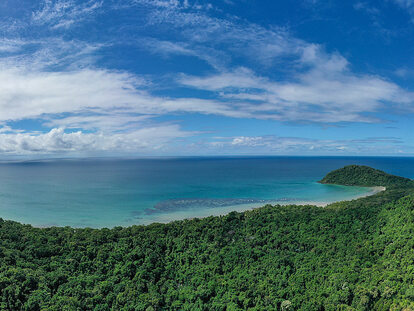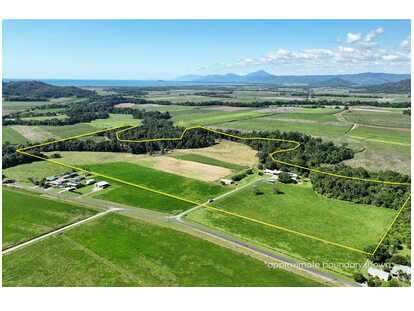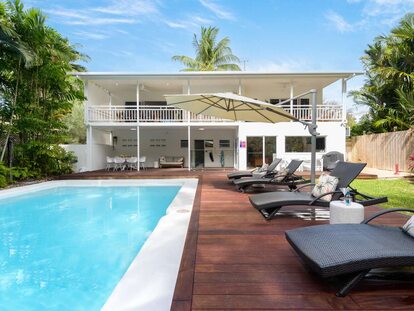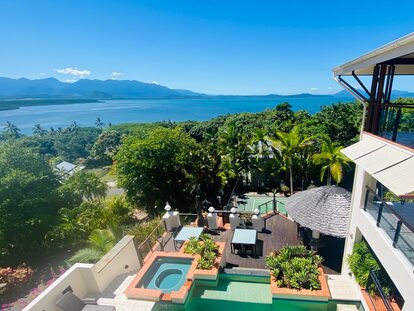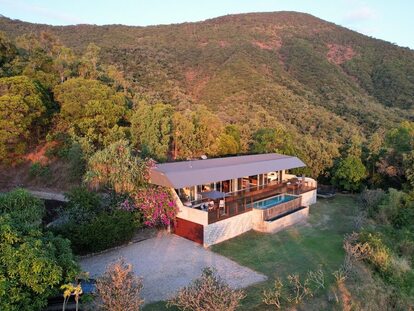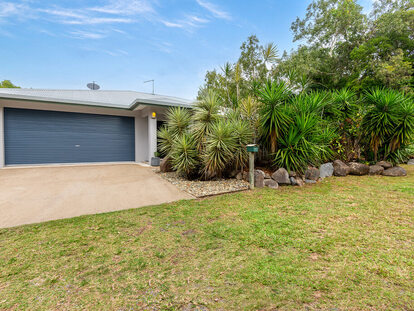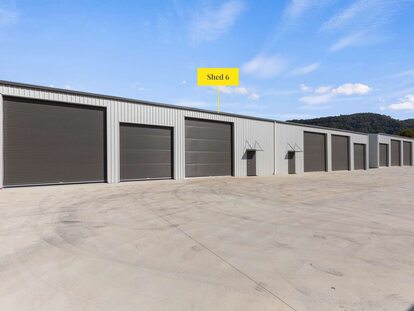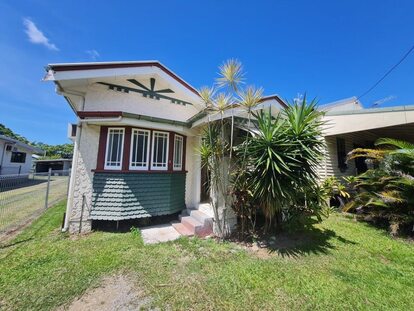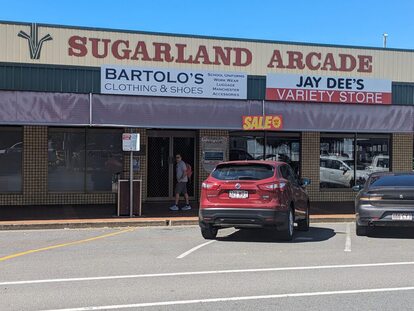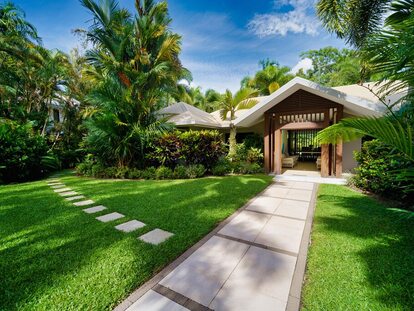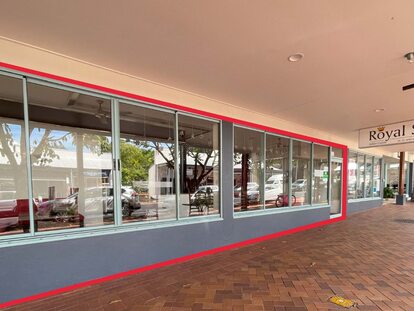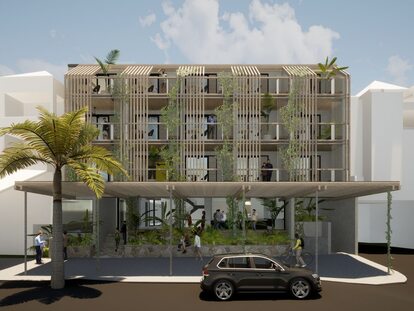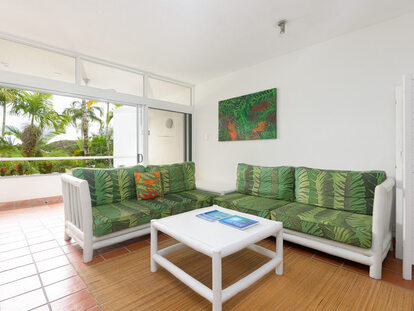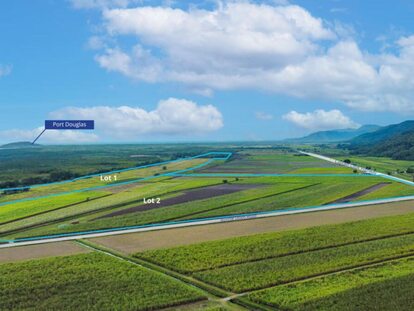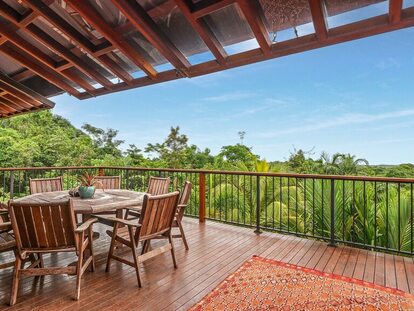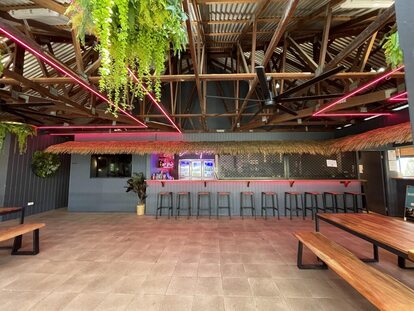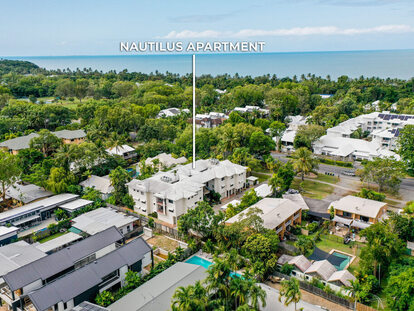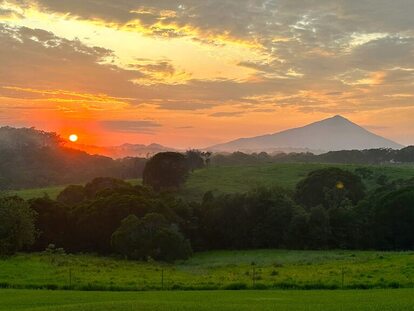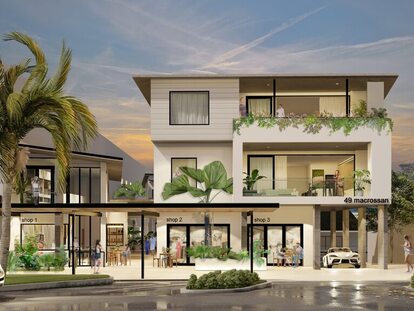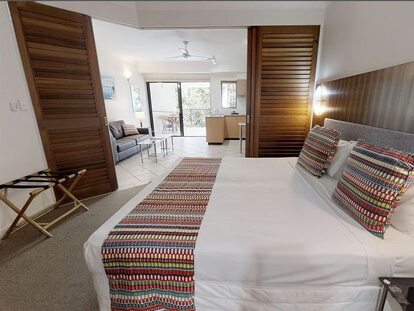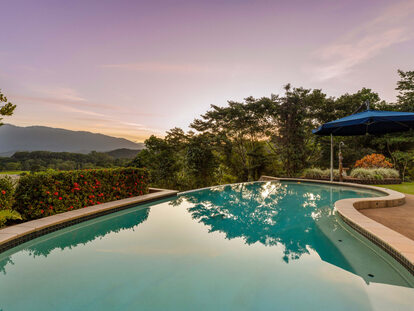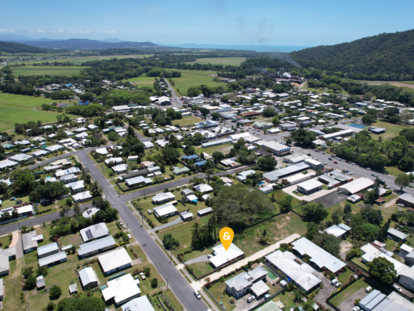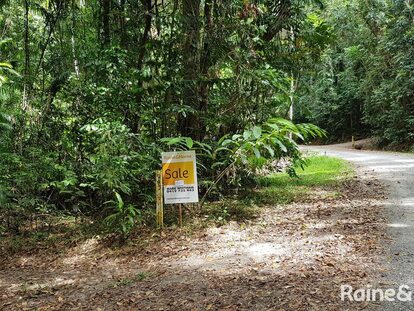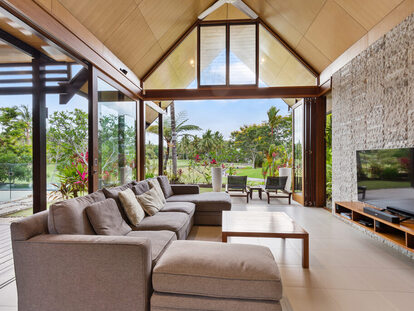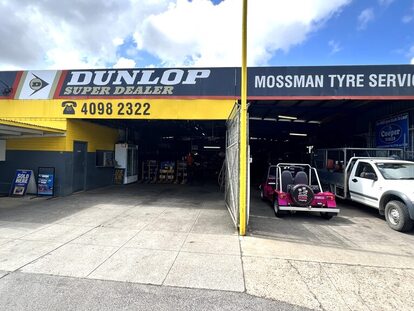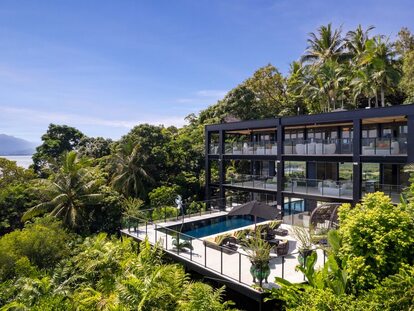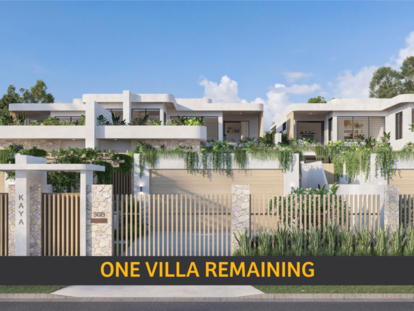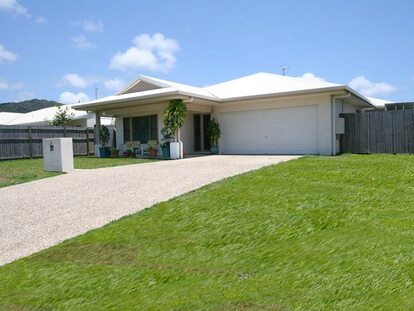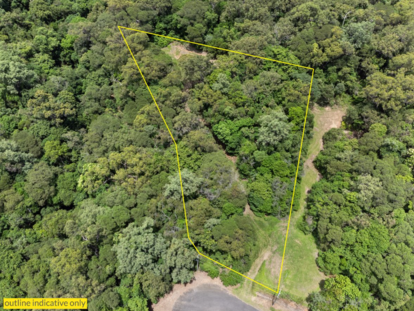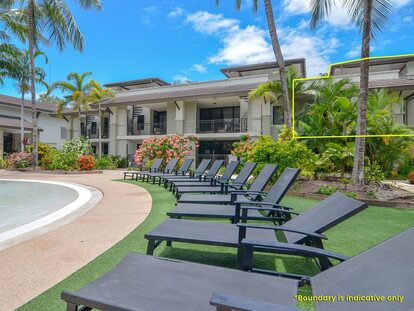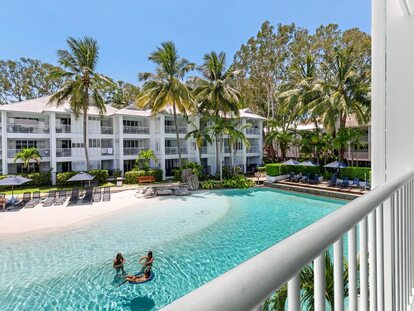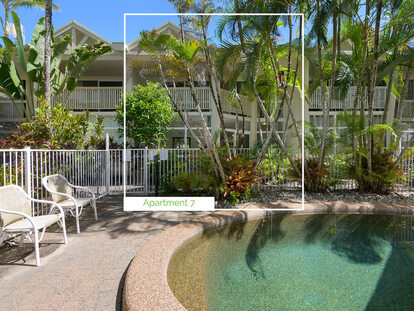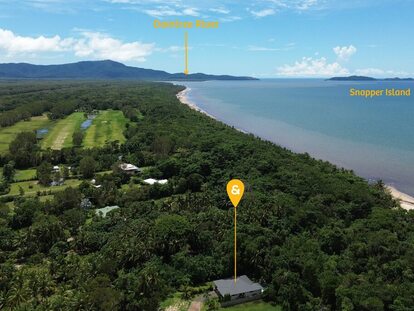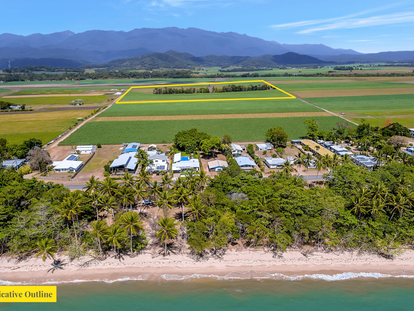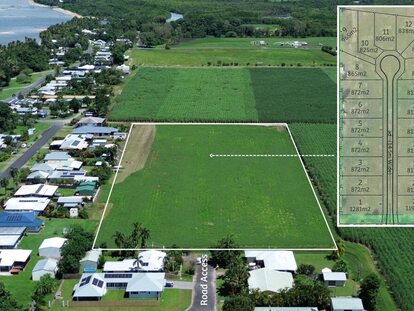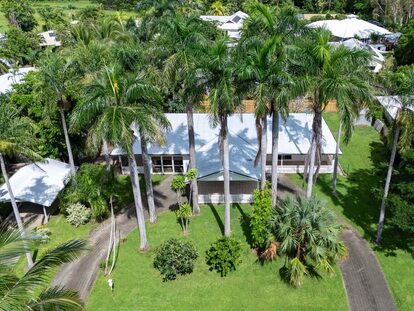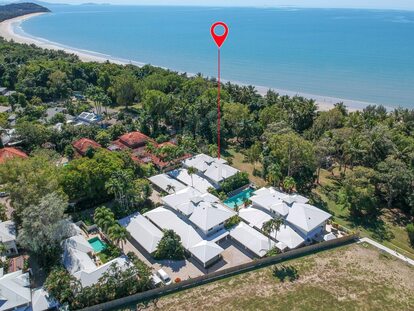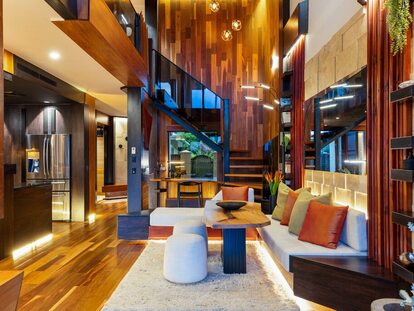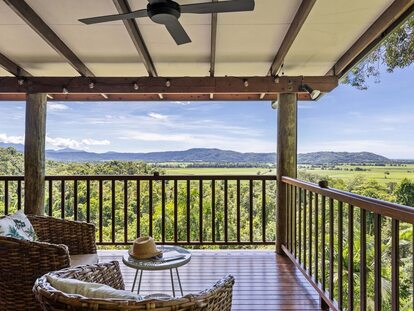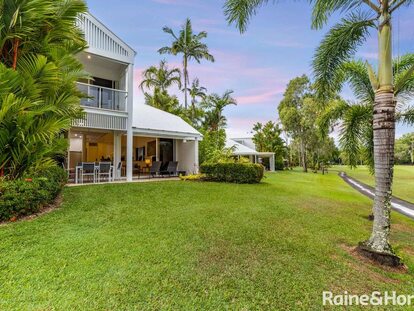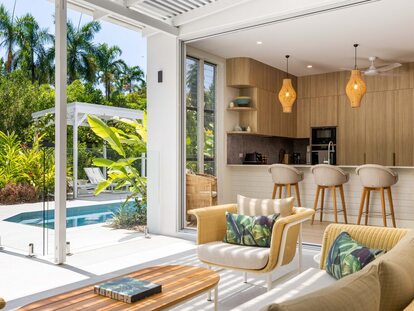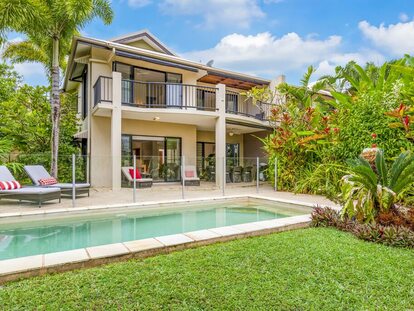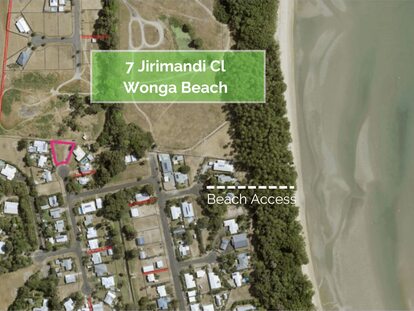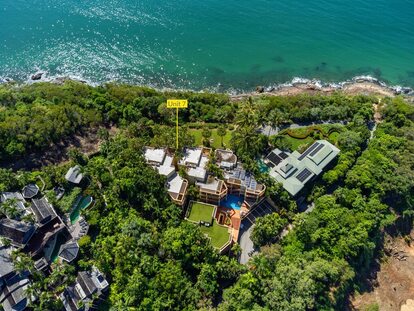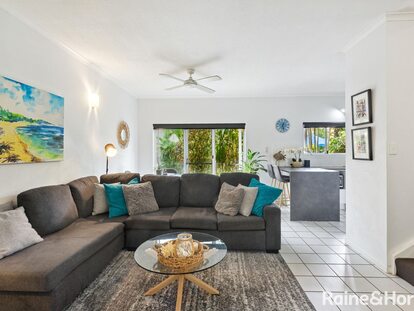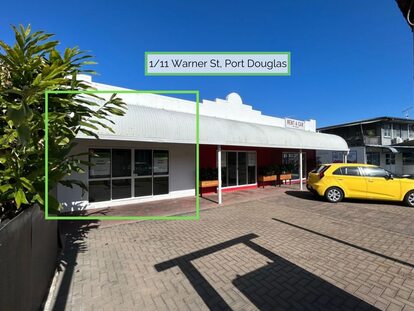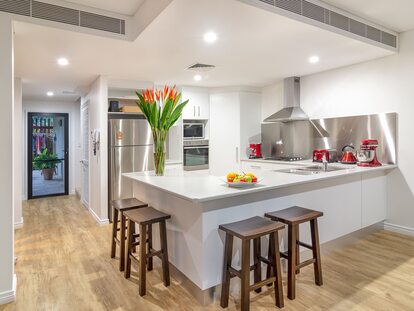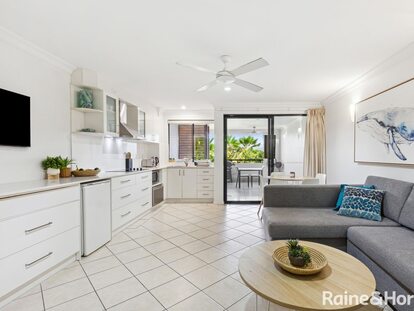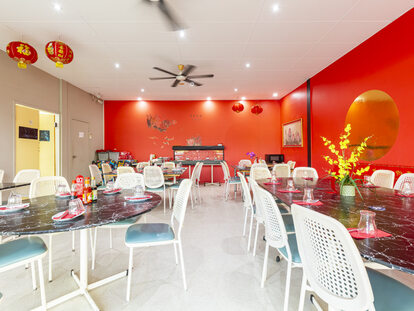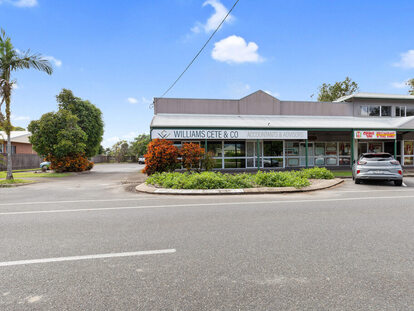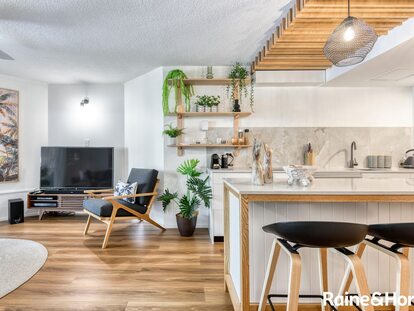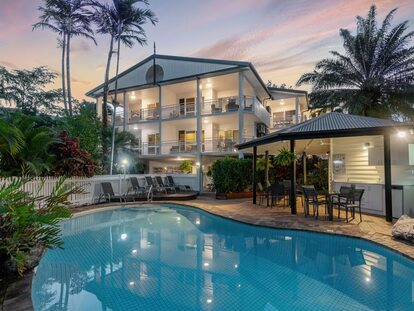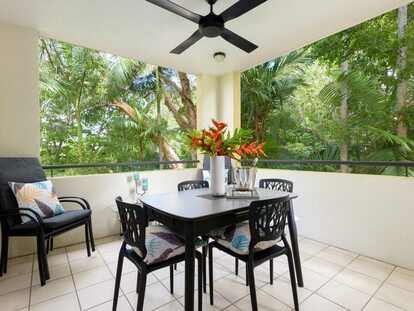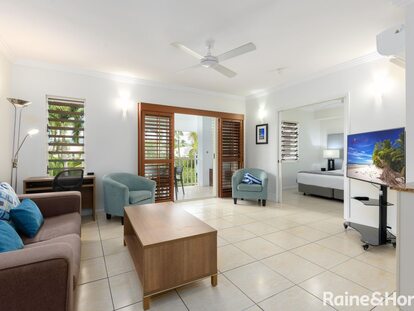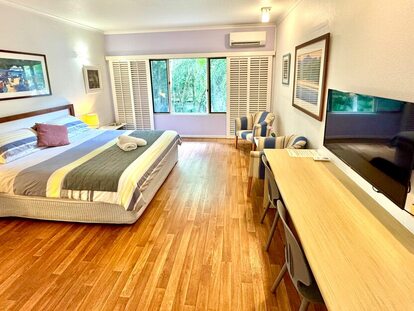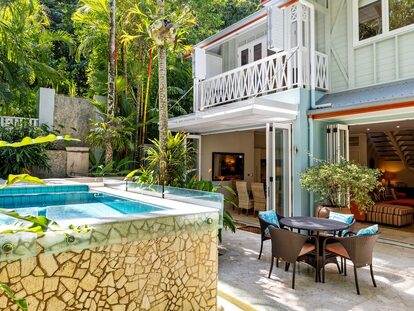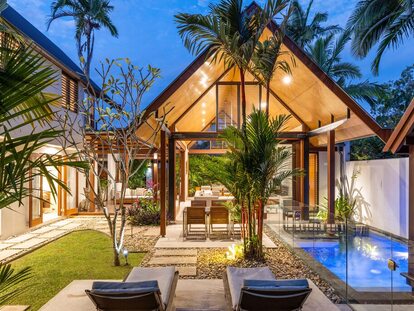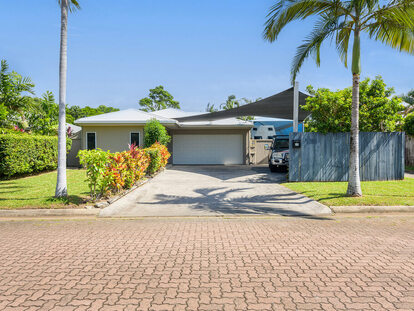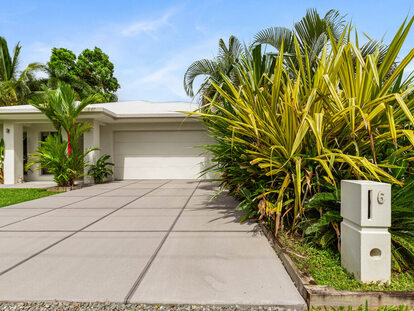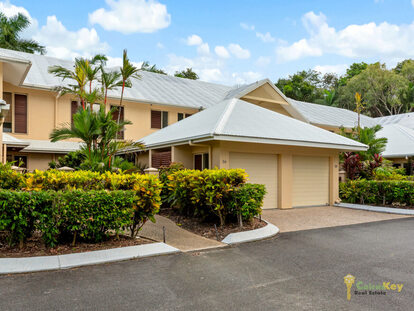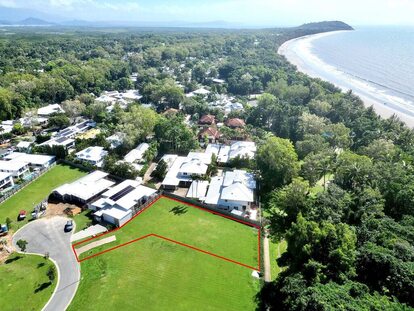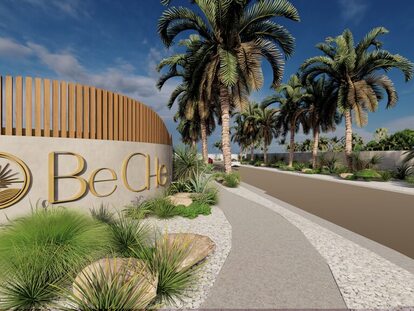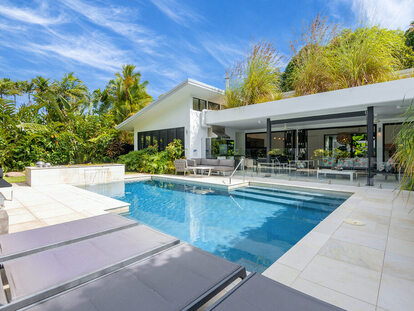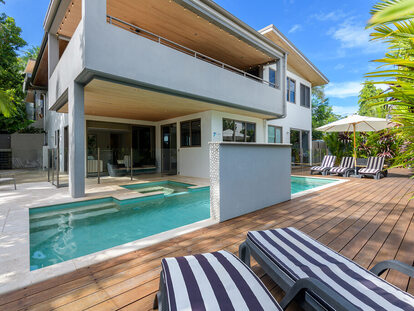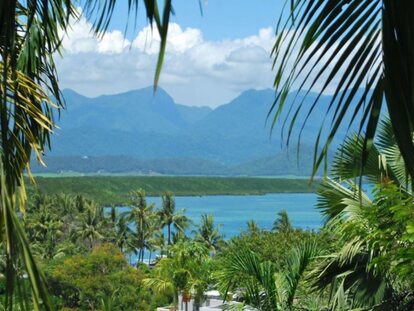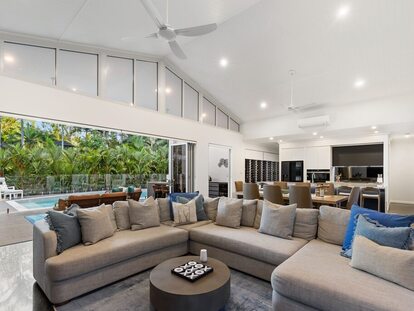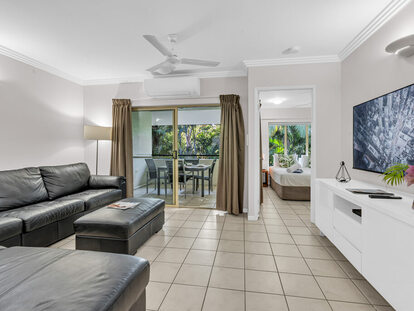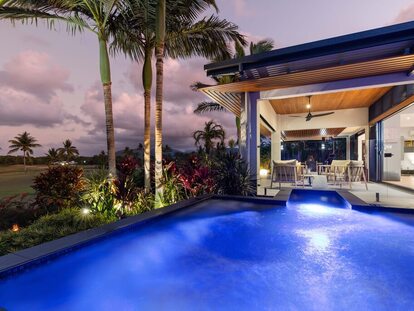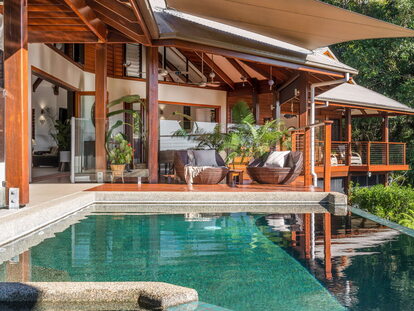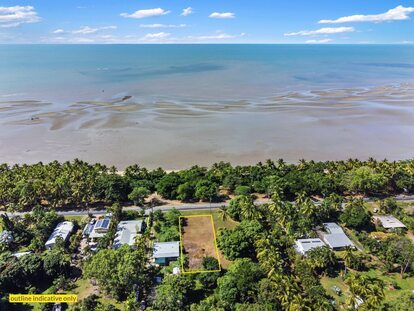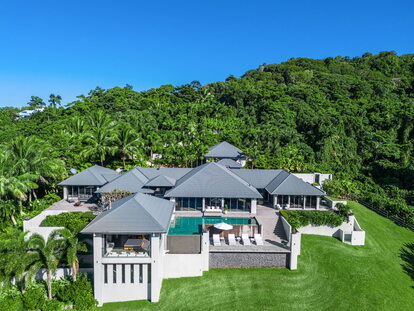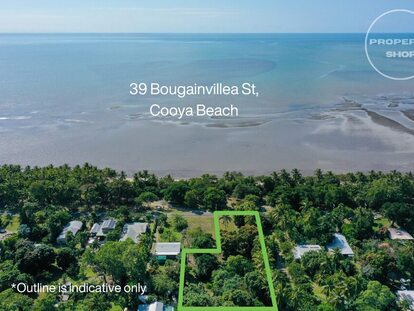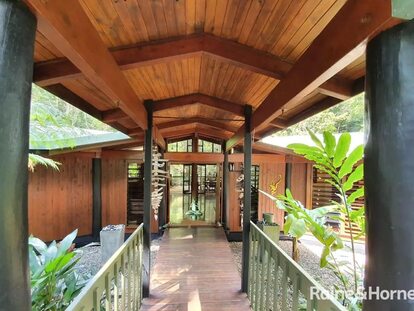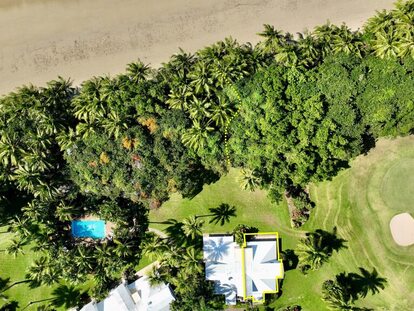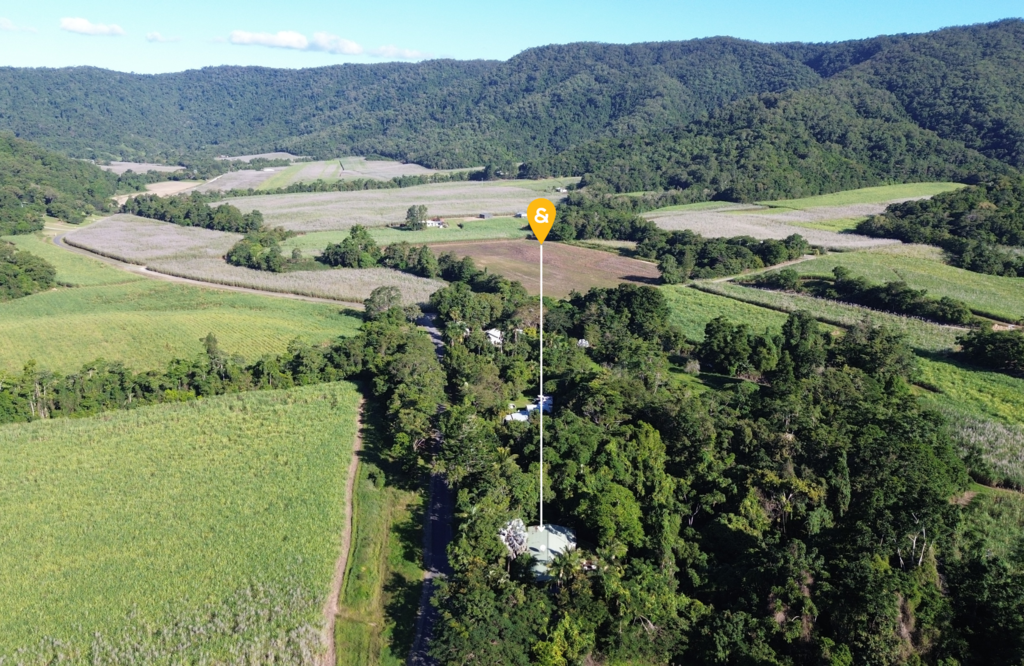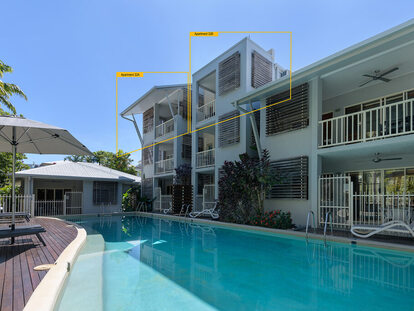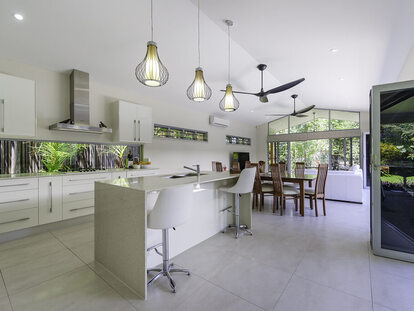|
(
44
)
|
Date
|
Start time
|
End time
|
Event name
|
Event description
|
Location
|
Cost
|
Website link
|
Event contact phone
|
Event contact email
|
Category (Maximum of 4 categories)
|
Terms and conditions
|
Name
|
Email
|
Phone
| |
|---|
| 1. |
Thursday 8 August 2024
2024-08-08T00:00:00+10:00
|
7pm
|
9pm
|
TOPICS IN THE TROPICS - Trivia @ Hemingway's
|
Every Thursday Night Grab your fellow brainiacs for an evening of fun. Come and enjoy dinner first (bookings from 6pm) or have a few bevies while you give your brains a workout. Bookings recommended.
|
Hemingway's Brewery
|
Free Entry
|
https://www.hemingwaysbrewery.com/whats-on/all-events/topics-in-the-tropics-trivia
|
0482 173 337
|
[email protected]
|
Free Event, Trivia & Games
| |
Kim Logan
|
[email protected]
|
0438374860
| |
| 2. |
Thursday 1 August 2024
2024-08-01T00:00:00+10:00
|
7pm
|
9pm
|
TOPICS IN THE TROPICS - Trivia @ Hemingway's
|
Every Thursday Night
Grab your fellow brainiacs for an evening of fun.
Come and enjoy dinner first (bookings from 6pm) or have a few bevies while you give your brains a workout.
Bookings recommended.
|
Hemingway's Brewery
|
Free
|
https://www.hemingwaysbrewery.com/whats-on/all-events/topics-in-the-tropics-trivia
|
0482 173 337
|
[email protected]
|
Arts & Culture, Free Event, Trivia & Games
| |
Kim Logan
|
[email protected]
|
0438374860
| |
| 3. |
Saturday 3 August 2024
2024-08-03T00:00:00+10:00
|
7:00PM
|
9:00PM
|
The Paramour Cabaret
|
Prepare for a raunchy & unapologetically bold adults-only Cabaret that will stir every emotion within you. From awe inspiring circus acts, seductive burlesque performances, enchanting vocals, well-endowed drag queens and some of the most exceptionally flexible dancers we could find.
Join Sylvester Valentine as he seamlessly takes you on the ride of your life in what you will soon discover is more than just a show — It’s a party!
So grab yourself a cocktail and strap in, ’cause once the ride starts, there’s no getting off!
|
The Clink Theatre
|
$69
|
https://paramourcabaret.com/the-cabaret/
|
1 300 895 177
|
[email protected]
|
Live Entertainment
| |
Wes Evans
|
[email protected]
|
0421404886
| |
| 4. |
Friday 2 August 2024
2024-08-02T00:00:00+10:00
|
7:00PM
|
9:00PM
|
The Paramour Cabaret
|
Prepare for a raunchy & unapologetically bold adults-only Cabaret that will stir every emotion within you. From awe inspiring circus acts, seductive burlesque performances, enchanting vocals, well-endowed drag queens and some of the most exceptionally flexible dancers we could find.
Join Sylvester Valentine as he seamlessly takes you on the ride of your life in what you will soon discover is more than just a show — It’s a party!
So grab yourself a cocktail and strap in, ’cause once the ride starts, there’s no getting off!
|
The Clink Theatre
|
$69
|
https://paramourcabaret.com/the-cabaret/
|
1 300 895 177
|
[email protected]
|
Live Entertainment
| |
Wes Evans
|
[email protected]
|
40507770
| |
| 5. |
Saturday 10 August 2024
2024-08-10T00:00:00+10:00
|
9pm
|
Late
|
Liquid on Lips - Lula Takeover at Daintree Bar
|
Get ready for an extraordinary night as Lula takes over Daintree Bar from 9pm with 'Liquid on Lips'!
Experience the vibrant flavors of Lula Rum with an exclusive cocktail menu crafted by their expert mixologists, alongside our own signature drinks and live entertainment. This is your chance to savor unique Lula concoctions that will tantalise your taste buds and leave you craving for more.
Liquid on Lips promises to be a night of fantastic cocktails, great music and unforgettable moments. We can't wait to see you there!
|
Daintree Bar @ Sheraton Grand Mirage Resort, Port Douglas
|
Free
|
https://event.marriott.com/cnssi-sheraton-grand-mirage-resort-port-douglas/events/liquid-on-lips-lula-takeover-at-daintree-bar
| | |
Free Event, Live Entertainment
| |
Stephanie Salway
|
[email protected]
|
61 499 229 973
| |
| 6. |
Friday 2 August 2024
2024-08-02T00:00:00+10:00
|
6.30pm
|
Late
|
Bumbu Rum Takeover at Daintree Bar
|
Join us for an unforgettable evening as Bumbu Rum takes over Daintree Bar!
We are thrilled to welcome guest bartender Jack Stacey, who will be crafting an exclusive cocktail menu featuring Bumbu Rum's finest creations. Indulge in a unique blend of flavors from his special cocktail selection, alongside our own Daintree Bar favorites and live entertainment.
Don't miss this chance to experience the best of Bumbu Rum and Daintree Bar in one fantastic evening.
|
Daintree Bar @ Sheraton Grand Mirage Resort, Port Douglas
|
Free
|
https://event.marriott.com/cnssi-sheraton-grand-mirage-resort-port-douglas/events/bumbu-rum-takeover-at-daintree-bar
| | |
Free Event, Live Entertainment
| |
Stephanie Salway
|
[email protected]
|
61 499 229 973
| |
| 7. |
Friday 9 August 2024
2024-08-09T00:00:00+10:00
|
9pm
|
Late
|
Tromba Tequila Takeover at Daintree Bar
|
Mark your calendars for Friday the 9th of August as Tromba Tequila takes over Daintree Bar from 9pm!
We are honored to have Jim Sherry, Co-Founder of Tequila Tromba, joining us for an evening of extraordinary cocktails and live entertainment. Jim will be showcasing a special cocktail menu that highlights the distinct and refined flavors of Tromba Tequila, alongside our own signature drinks and live entertainment.
Gather your friends and head to Daintree Bar for a night of tequila, tunes, and unforgettable fun.
|
Daintree Bar @ Sheraton Grand Mirage Resort, Port Douglas
|
Free
|
https://event.marriott.com/cnssi-sheraton-grand-mirage-resort-port-douglas/events/tromba-tequila-takeover-at-daintree-bar
| | |
Free Event, Live Entertainment
| |
Stephanie Salway
|
[email protected]
|
61 499 229 973
| |
| 8. |
Wednesday 7 August 2024
2024-08-07T00:00:00+10:00
|
1:00pm
|
4:00pm
|
Four Mile Beach Monthly Clean-up
|
Looking for a way to be part of practical solutions for our environment? Four Mile Beach in Port Douglas is one of our longest-running QLD beach monitoring sites. We have been cleaning and collecting data from this site each month for the past 12 years.
Volunteers need to wear enclosed shoes, bring sun/rain protection, and plenty of drinking water (1 to 2 litres is recommended). We try to ensure that all Tangaroa Blue events are free from single-use plastic, so bring along your reusable water bottle. All equipment and drinking water top-ups will be provided.
You must register your attendance at this event, please email [email protected]. Thank you for dedicating your energy towards protecting our oceans, and we look forward to seeing you out on the beach!
|
Daintree Lounge at the Sheraton Grand Mirage, Port Douglas
| |
https://tangaroablue.org/events-calendar/four-mile-beach-north-and-middle-regular-monthly-clean-up-event-qld-41/
| |
[email protected]
|
Community Event, Free Event
| |
Lucy
|
[email protected]
|
0431870165
| |
| 9. |
Sunday 28 July 2024
2024-07-28T00:00:00+10:00
| | |
CIAF 2024 ART FAIR AND ART MARKET
|
Inspired by this year’s theme Country Speaking, the CIAF 2024 Art Fair showcases works from Queensland’s established and emerging Indigenous Art Centers, Queensland commercial galleries and independent Indigenous artists.
You can also enjoy the bustling CIAF Art Market inside the CIAF pavilion with over 55 stalls showcasing and selling art, craft and design works by Queensland Aboriginal and Torres Strait Islander Art Centers, artists and designers. Purchase unique artist maker, artworks, craft and jewelry products directly from the artists and entrepreneurs who create the work.
|
Cairns Convention Centre
|
Free
|
https://ciaf.com.au/ciaf-2024-program-highlights
| | |
Arts & Culture, Free Event, Major Event
| |
aggy
|
[email protected]
|
0431373451
| |
| 10. |
Saturday 27 July 2024
2024-07-27T00:00:00+10:00
| | |
CIAF 2024 ART FAIR AND ART MARKET
|
Inspired by this year’s theme Country Speaking, the CIAF 2024 Art Fair showcases works from Queensland’s established and emerging Indigenous Art Centers, Queensland commercial galleries and independent Indigenous artists.
You can also enjoy the bustling CIAF Art Market inside the CIAF pavilion with over 55 stalls showcasing and selling art, craft and design works by Queensland Aboriginal and Torres Strait Islander Art Centers, artists and designers. Purchase unique artist maker, artworks, craft and jewelry products directly from the artists and entrepreneurs who create the work.
|
Cairns Convention Centre
|
Free
|
https://ciaf.com.au/ciaf-2024-program-highlights
| | |
Arts & Culture, Free Event, Major Event
| |
aggy
|
[email protected]
|
0431373451
| |
| 11. |
Wednesday 25 September 2024
2024-09-25T00:00:00+10:00
|
11.00am
|
3.00pm
|
Wildlife Habitat Junior Keeper Program
|
Our Junior Keeper program is an epic adventure for the kids! It's a chance for budding young keepers to feel the thrill of being a real-life Wildlife Keeper. Junior Keepers incorporates animal feeding, presentation, interaction and projects to assist our keepers in their day-to-day schedules. Open to children aged 8 - 14 years.
|
Wildlife Habitat Port Douglas
|
$66 includes lunch and afternoon tea.
|
https://www.wildlifehabitat.com.au/junior-keepers/
|
07 4099 3235
|
[email protected]
| |
Bookings essential due to limited spaces.
Open to children aged 8 - 14 years.
|
Trent Berry
|
[email protected]
|
(07) 4088 1525
| |
| 12. |
Tuesday 24 September 2024
2024-09-24T00:00:00+10:00
|
11.00am
|
3.00pm
|
Wildlife Habitat Junior Keeper Program
|
Our Junior Keeper program is an epic adventure for the kids! It's a chance for budding young keepers to feel the thrill of being a real-life Wildlife Keeper. Junior Keepers incorporates animal feeding, presentation, interaction and projects to assist our keepers in their day-to-day schedules. Open to children aged 8 - 14 years.
|
Wildlife Habitat Port Douglas
|
$66 includes lunch and afternoon tea.
|
https://www.wildlifehabitat.com.au/junior-keepers/
|
07 4099 3235
|
[email protected]
| |
Bookings essential due to limited spaces.
Open to children aged 8 - 14 years.
|
Trent Berry
|
[email protected]
|
(07) 4088 1525
| |
| 13. |
Wednesday 18 September 2024
2024-09-18T00:00:00+10:00
|
11.00am
|
3.00pm
|
Wildlife Habitat Junior Keeper Program
|
Our Junior Keeper program is an epic adventure for the kids! It's a chance for budding young keepers to feel the thrill of being a real-life Wildlife Keeper. Junior Keepers incorporates animal feeding, presentation, interaction and projects to assist our keepers in their day-to-day schedules. Open to children aged 8 - 14 years.
|
Wildlife Habitat Port Douglas
|
$66 includes lunch and afternoon tea.
|
https://www.wildlifehabitat.com.au/junior-keepers/
|
07 4099 3235
|
[email protected]
| |
Bookings essential due to limited spaces.
Open to children aged 8 -14
|
Trent Berry
|
[email protected]
|
(07) 4088 1525
| |
| 14. |
Tuesday 17 September 2024
2024-09-17T00:00:00+10:00
|
11.00am
|
3.00pm
|
Wildlife Habitat Junior Keeper Program
|
Our Junior Keeper program is an epic adventure for the kids! It's a chance for budding young keepers to feel the thrill of being a real-life Wildlife Keeper. Junior Keepers incorporates animal feeding, presentation, interaction and projects to assist our keepers in their day-to-day schedules.
|
Wildlife Habitat Port Douglas
|
$66 includes lunch and afternoon tea.
|
https://www.wildlifehabitat.com.au/junior-keepers/
|
07 4099 3235
|
[email protected]
| |
Open to children aged 8 - 14.
Bookings essential as limited spaces available
|
Trent Berry
|
[email protected]
|
(07) 4088 1525
| |
| 15. |
Wednesday 16 October 2024
2024-10-16T00:00:00+10:00
|
6.30pm
|
9.30pm
|
TARC - Tropical Animal Rehabilitation Centre Trivia Night Fundraiser
|
On Wednesday October 16th, 2024, Wildlife Habitat Port Douglas will be co-hosting a K-Star Trivia night at the Central Hotel in Port Douglas to raise funds for our wildlife charity: Tropical Animal Rehabilitation Centre: fondly known as TARC.
TARC is a non-profit enterprise and has a Rehabilitation Permit allowing us to receive injured, orphaned and rescued native wildlife. This is a service we very proudly offer to the community free of charge and have done for over 25 years now.
The team at TARC donates time and resources to the care of compromised native wildlife, with a goal of positive welfare outcomes and post rehabilitation successful wild release back into their natural environment.
Although small, TARC is overwhelmed at times with rescued wildlife and is continually seeking support funds for its operations and to build a new medical Centre in the future.
TARC admits well over 400 patients a year – and peak season is storm season, when winds and rains can wreak havoc on native birdlife. It also supports local carer networks with supplies to assist rescued wildlife.
|
The Central Hotel - Port Douglas
|
$10 per player - Maximum 10 players per team.
|
https://www.wildlifehabitat.com.au/tarc/
|
0434 372 040
|
[email protected]
|
Trivia & Games
| |
Trent Berry
|
[email protected]
|
(07) 4088 1525
| |
| 16. |
Sunday 8 September 2024
2024-09-08T00:00:00+10:00
|
12pm
|
5pm
|
Lady Valiant Duo @ Hughies Wine Bar
|
Lady Valiant Duo live at Hughie's Wine Bar Long Lunch .
|
Hughies Wine Bar, Mossman
| |
https://www.mossmanhotel.com.au/hughies
|
0418 995 683
|
[email protected]
|
Food & Wine Event, Live Entertainment
| |
Marty Brown
|
[email protected]
|
0467583241
| |
| 17. |
Sunday 22 September 2024
2024-09-22T00:00:00+10:00
|
2:00pm
|
5:00pm
|
Ash Grunwald at The Port Douglas Yacht Club
|
Australia’s foremost bluesman brings his national tour to town in celebration of the release of his new single - Life Without You, a chilled groove about going the distance in a relationship and having gratitude for your loved ones.
A collaboration with Garett Kato, most well-known for producing Tones & I’s ‘Dance Monkey” and many of Ziggy Alberts most recent releases - this is a track that hits you in the feels.
Featuring all of the fan favourites curated from a career and catalogue spanning 20 years, don't miss your chance to witness Australia’s most exciting blues act in action!
|
Port Douglas Yacht Club
|
$25-$50
|
https://events.humanitix.com/ash-grunwald-at-port-douglas-yacht-club?fbclid=IwZXh0bgNhZW0CMTAAAR26sQvZi0KrXRAJdIb8qMbcad83a1XtF-dLqtksz77OZwAxAroJgdvkrNw_aem_QkN87jGaLrhaaUhmANaWRg
| |
[email protected]
|
Live Entertainment
| |
Chopperdog Productions
|
[email protected]
|
0467583241
| |
| 18. |
Tuesday 29 October 2024
2024-10-29T00:00:00+10:00
|
7:45pm
|
9:30pm
|
Trivia Tuesday at Paddy's Irish Bar & Grill
|
Join us for Trivia Tuesdays at Paddy's Irish Bar & Grill. Its free entry, and fun for all ages with great prizes and of course good Craic! Walk ins are fine or book a table for dinner to get a front row seat for the action. Kicking off at 7:45pm each and every Tuesday.
|
Paddy's Irish Bar & Grill
|
Free
| |
https://paddysirishpub.com.au/
|
[email protected]
|
Arts & Culture, Free Event, Live Entertainment, Trivia & Games
| |
Stacey
|
[email protected]
|
0432485343
| |
| 19. |
Tuesday 22 October 2024
2024-10-22T00:00:00+10:00
|
7:45pm
|
9:30pm
|
Trivia Tuesday at Paddy's Irish Bar & Grill
|
Join us for Trivia Tuesdays at Paddy's Irish Bar & Grill. Its free entry, and fun for all ages with great prizes and of course good Craic! Walk ins are fine or book a table for dinner to get a front row seat for the action. Kicking off at 7:45pm each and every Tuesday.
|
Paddy's Irish Bar & Grill
|
Free
| |
https://paddysirishpub.com.au/
|
[email protected]
|
Arts & Culture, Free Event, Live Entertainment, Trivia & Games
| |
Stacey
|
[email protected]
|
0432485343
| |
| 20. |
Tuesday 15 October 2024
2024-10-15T00:00:00+10:00
|
7:45pm
|
9:30pm
|
Trivia Tuesday at Paddy's Irish Bar & Grill
|
Join us for Trivia Tuesdays at Paddy's Irish Bar & Grill. Its free entry, and fun for all ages with great prizes and of course good Craic! Walk ins are fine or book a table for dinner to get a front row seat for the action. Kicking off at 7:45pm each and every Tuesday.
|
Paddy's Irish Bar & Grill
|
Free
| |
https://paddysirishpub.com.au/
|
[email protected]
|
Arts & Culture, Free Event, Live Entertainment, Trivia & Games
| |
Stacey
|
[email protected]
|
0432485343
| |
| 21. |
Tuesday 8 October 2024
2024-10-08T00:00:00+10:00
|
7:45pm
|
9:30pm
|
Trivia Tuesday at Paddy's Irish Bar & Grill
|
Join us for Trivia Tuesdays at Paddy's Irish Bar & Grill. Its free entry, and fun for all ages with great prizes and of course good Craic! Walk ins are fine or book a table for dinner to get a front row seat for the action. Kicking off at 7:45pm each and every Tuesday.
|
Paddy's Irish Bar & Grill
|
Free
| |
https://paddysirishpub.com.au/
|
[email protected]
|
Arts & Culture, Free Event, Live Entertainment, Trivia & Games
| |
Stacey
|
[email protected]
|
0432485343
| |
| 22. |
Tuesday 1 October 2024
2024-10-01T00:00:00+10:00
|
7:45pm
|
9:30pm
|
Trivia Tuesday at Paddy's Irish Bar & Grill
|
Join us for Trivia Tuesdays at Paddy's Irish Bar & Grill. Its free entry, and fun for all ages with great prizes and of course good Craic! Walk ins are fine or book a table for dinner to get a front row seat for the action. Kicking off at 7:45pm each and every Tuesday.
|
Paddy's Irish Bar & Grill
|
Free
| |
https://paddysirishpub.com.au/
|
[email protected]
|
Arts & Culture, Free Event, Live Entertainment, Trivia & Games
| |
Stacey
|
[email protected]
|
0432485343
| |
| 23. |
Tuesday 24 September 2024
2024-09-24T00:00:00+10:00
|
7:45pm
|
9:30pm
|
Trivia Tuesday at Paddy's Irish Bar & Grill
|
Join us for Trivia Tuesdays at Paddy's Irish Bar & Grill. Its free entry, and fun for all ages with great prizes and of course good Craic! Walk ins are fine or book a table for dinner to get a front row seat for the action. Kicking off at 7:45pm each and every Tuesday.
|
Paddy's Irish Bar & Grill
|
Free
| |
https://paddysirishpub.com.au/
|
[email protected]
|
Arts & Culture, Free Event, Live Entertainment, Trivia & Games
| |
Stacey
|
[email protected]
|
0432485343
| |
| 24. |
Tuesday 17 September 2024
2024-09-17T00:00:00+10:00
|
7:45pm
|
9:30pm
|
Trivia Tuesday at Paddy's Irish Bar & Grill
|
Join us for Trivia Tuesdays at Paddy's Irish Bar & Grill. Its free entry, and fun for all ages with great prizes and of course good Craic! Walk ins are fine or book a table for dinner to get a front row seat for the action. Kicking off at 7:45pm each and every Tuesday.
|
Paddy's Irish Bar & Grill
|
Free
| |
https://paddysirishpub.com.au/
|
[email protected]
|
Arts & Culture, Free Event, Live Entertainment, Trivia & Games
| |
Stacey
|
[email protected]
|
0432485343
| |
| 25. |
Tuesday 10 September 2024
2024-09-10T00:00:00+10:00
|
7:45pm
|
9:30pm
|
Trivia Tuesday at Paddy's Irish Bar & Grill
|
Join us for Trivia Tuesdays at Paddy's Irish Bar & Grill. Its free entry, and fun for all ages with great prizes and of course good Craic! Walk ins are fine or book a table for dinner to get a front row seat for the action. Kicking off at 7:45pm each and every Tuesday.
|
Paddy's Irish Bar & Grill
|
Free
| |
https://paddysirishpub.com.au/
|
[email protected]
|
Arts & Culture, Free Event, Live Entertainment, Trivia & Games
| |
Stacey
|
[email protected]
|
0432485343
| |
| 26. |
Tuesday 3 September 2024
2024-09-03T00:00:00+10:00
|
7:45pm
|
9:30pm
|
Trivia Tuesday at Paddy's Irish Bar & Grill
|
Join us for Trivia Tuesdays at Paddy's Irish Bar & Grill. Its free entry, and fun for all ages with great prizes and of course good Craic! Walk ins are fine or book a table for dinner to get a front row seat for the action. Kicking off at 7:45pm each and every Tuesday.
|
Paddy's Irish Bar & Grill
|
Free
| |
https://paddysirishpub.com.au/
|
[email protected]
|
Arts & Culture, Free Event, Live Entertainment, Trivia & Games
| |
Stacey
|
[email protected]
|
0432485343
| |
| 27. |
Tuesday 27 August 2024
2024-08-27T00:00:00+10:00
|
7:45pm
|
9:30pm
|
Trivia Tuesday at Paddy's Irish Bar & Grill
|
Join us for Trivia Tuesdays at Paddy's Irish Bar & Grill. Its free entry, and fun for all ages with great prizes and of course good Craic! Walk ins are fine or book a table for dinner to get a front row seat for the action. Kicking off at 7:45pm each and every Tuesday.
|
Paddy's Irish Bar & Grill
|
Free
| |
https://paddysirishpub.com.au/
|
[email protected]
|
Arts & Culture, Free Event, Live Entertainment, Trivia & Games
| |
Stacey
|
[email protected]
|
0432485343
| |
| 28. |
Tuesday 20 August 2024
2024-08-20T00:00:00+10:00
|
7:45pm
|
9:30pm
|
Trivia Tuesday at Paddy's Irish Bar & Grill
|
Join us for Trivia Tuesdays at Paddy's Irish Bar & Grill. Its free entry, and fun for all ages with great prizes and of course good Craic! Walk ins are fine or book a table for dinner to get a front row seat for the action. Kicking off at 7:45pm each and every Tuesday.
|
Paddy's Irish Bar & Grill
|
Free
| |
https://paddysirishpub.com.au/
|
[email protected]
|
Arts & Culture, Free Event, Live Entertainment, Trivia & Games
| |
Stacey
|
[email protected]
|
0432485343
| |
| 29. |
Tuesday 13 August 2024
2024-08-13T00:00:00+10:00
|
7:45pm
|
9:30pm
|
Trivia Tuesday at Paddy's Irish Bar & Grill
|
Join us for Trivia Tuesdays at Paddy's Irish Bar & Grill. Its free entry, and fun for all ages with great prizes and of course good Craic! Walk ins are fine or book a table for dinner to get a front row seat for the action. Kicking off at 7:45pm each and every Tuesday.
|
Paddy's Irish Bar & Grill
|
Free
| |
https://paddysirishpub.com.au/
|
[email protected]
|
Arts & Culture, Free Event, Live Entertainment, Trivia & Games
| |
Stacey
|
[email protected]
|
0432485343
| |
| 30. |
Tuesday 6 August 2024
2024-08-06T00:00:00+10:00
|
7:45pm
|
9:30pm
|
Trivia Tuesday at Paddy's Irish Bar & Grill
|
Join us for Trivia Tuesdays at Paddy's Irish Bar & Grill. Its free entry, and fun for all ages with great prizes and of course good Craic! Walk ins are fine or book a table for dinner to get a front row seat for the action. Kicking off at 7:45pm each and every Tuesday.
|
Paddy's Irish Bar & Grill
|
Free
| |
https://paddysirishpub.com.au/
|
[email protected]
|
Arts & Culture, Free Event, Live Entertainment, Trivia & Games
| |
Stacey
|
[email protected]
|
0432485343
| |
| 31. |
Tuesday 30 July 2024
2024-07-30T00:00:00+10:00
|
7:45pm
|
9:30pm
|
Trivia Tuesday at Paddy's Irish Bar & Grill
|
Join us for Trivia Tuesdays at Paddy's Irish Bar & Grill. Its free entry, and fun for all ages with great prizes and of course good Craic! Walk ins are fine or book a table for dinner to get a front row seat for the action. Kicking off at 7:45pm each and every Tuesday.
|
Paddy's Irish Bar & Grill
|
Free
| |
https://paddysirishpub.com.au/
|
[email protected]
|
Arts & Culture, Free Event, Live Entertainment, Trivia & Games
| |
Stacey
|
[email protected]
|
0432485343
| |
| 32. |
Saturday 17 August 2024
2024-08-17T00:00:00+10:00
|
1pm
| |
The Nic Nak Shed's Annual Fashion Parade
|
Prepare to dazzle at an afternoon of style and elegance, celebrating upcycled couture amidst a stunning tropical backdrop.
Savour a flute of bubbles upon arrival, indulge in exquisite canapés, and participate in our charitable raffles.
Tickets are $60 and can be purchased at The Nic Nak Shed, Port Douglas Neighbourhood Centre, 6-10 Mowbray Street
|
Sea Temple Resort & Spa
|
$60
| |
07-4099 5518
|
[email protected]
|
Community Event
| |
Coleen Forester
|
[email protected]
|
0740995518
| |
| 33. |
Saturday 21 September 2024
2024-09-21T00:00:00+10:00
|
5PM
|
11PM
|
KIND CHARITY FUNDRAISER DRAG BINGO @ OAKS PORT DOUGLAS
|
SAT 21ST SEPTEMBER - KIND INC IS HOSTING A FUNDRAISER DRAG BINGO EVENING COMPLETE WITH BUFFET DINNER, DESSERT AND A GLASS OF BUBBLES ON ARRIVAL AT OAKS RESORT, PORT DOUGLAS.
HOSTED BY MISS LADY SAINT DIVA & D.J. NEIL FROM THE GOLD COAST
FANTASTIC PRIZES TO BE WON
|
OAKS PORT DOUGLAS RESORT
|
$85.00PP
|
WWW.KIND.ORG.AU
|
0438984966
|
[email protected]
|
Community Event, Trivia & Games
|
LIMITED TICKETS AVAILABLE SO GETIN QUICK!!
|
DANIELLE BELLERO
|
[email protected]
|
6143898496
| |
| 34. |
Saturday 19 October 2024
2024-10-19T00:00:00+10:00
|
4pm
|
7pm
|
Sip & Paint: Dreaming in Dots, Drinks & Delights
|
Unleash your creativity at our "Dreaming in Dots, Drinks & Delights" sip & paint classes, guided by the talented Aboriginal Contempory Artist Ashleigh Wanganeen. Immerse yourself and create your own unique dot paining masterpiece.
WORKSHOP TIME: 4pm to 7pm
The bar is open from 3 pm to 9 pm for pre and post-event drinks
PRICE: $99 per person
LOCATION: Sails Bar, above Hemingway's Brewery.
WHAT'S INCLUDED:
Expert guidance from Ashleigh Wanganeen
All painting materials provided
Two glasses of bubbles, wine, or beer
Three delicious canapés
Your unique take-home Dreamtime masterpiece
Added Bonus: Sunset views over the marina
|
Hemingway's Brewery [ Sails Bar, upstairs]
|
$99
|
https://www.hemingwaysbrewery.com/whats-on/all-events/sip-paint
|
0482 173 337
|
[email protected]
|
Arts & Culture, Food & Wine Event, Workshop or Training
| |
Kim Logan
|
[email protected]
|
0438374860
| |
| 35. |
Saturday 24 August 2024
2024-08-24T00:00:00+10:00
|
4pm
|
7pm
|
Sip & Paint: Dreaming in Dots, Drinks & Delights
|
Unleash your creativity at our "Dreaming in Dots, Drinks & Delights" sip & paint classes, guided by the talented Aboriginal Contempory Artist Ashleigh Wanganeen. Immerse yourself and create your own unique dot paining masterpiece.
WORKSHOP TIME: 4pm to 7pm
The bar is open from 3 pm to 9 pm for pre and post-event drinks
PRICE: $99 per person
LOCATION: Sails Bar, above Hemingway's Brewery.
WHAT'S INCLUDED:
Expert guidance from Ashleigh Wanganeen
All painting materials provided
Two glasses of bubbles, wine, or beer
Three delicious canapés
Your unique take-home Dreamtime masterpiece
Added Bonus: Sunset views over the marina
|
Hemingway's Brewery [ Sails Bar, upstairs]
|
$99
|
https://www.hemingwaysbrewery.com/whats-on/all-events/sip-paint
|
0482 173 337
|
[email protected]
|
Arts & Culture, Food & Wine Event, Workshop or Training
| |
Kim Logan
|
[email protected]
|
0438374860
| |
| 36. |
Saturday 3 August 2024
2024-08-03T00:00:00+10:00
|
12pm
|
8pm
|
BREWS, BLUES & BBQs
|
Join us for a day of fun, food, and fantastic music at Hemingway's Brewery Port Douglas! It's the return of Hemingway's "Brews, Blues & BBQs." This event is set to be a highlight of the season, offering something for everyone.
EVENT DETAILS:
Date: Saturday, 3rd August
Time: 12 PM - 8 PM
Location: Hemingway's Brewery, Port Douglas
WHAT'S ON:
Live Music: Julian James, & Seachange.
BBQ Food Stalls: Savour the flavours of our delicious BBQ offerings, including vegetarian options to suit all tastes.
Specialty Nano Brews: Taste our exclusive nano brews, crafted especially for this event.
Cocktail Bar: Refresh yourself with a selection of our finest cocktails.
Family Fun: Keep the kids entertained with free face painting and a dedicated games area.
Entry: FREE for all ages!
|
Hemingway's Brewery
|
Free Entry
|
https://www.hemingwaysbrewery.com/whats-on/all-events/brews-blues-bbqs
|
0482 173 337
|
[email protected]
|
Arts & Culture, Community Event, Family Event, Food & Wine Event, Free Event, Live Entertainment
| |
Kim Logan
|
[email protected]
|
438374860
| |
| 37. |
Wednesday 7 August 2024
2024-08-07T00:00:00+10:00
|
6:30pm
| |
Trivia Night, Port Douglas Tennis Club
|
Port Douglas Tennis Club Trivia Night
Wednesday 7 August 2024 at 6:30pm
Held at Club Wyndham Ramada Resort
Cost $10 per person, adults only
Bar open for drinks and food purchases
|
Club Wyndham Ramada Resort
|
$10 per person, adults only
| |
Lynne - 0416 207 773
| |
Community Event, Trivia & Games
| |
Jodie Ramsden
|
[email protected]
|
0403164563
| |
| 38. |
Friday 9 August 2024
2024-08-09T00:00:00+10:00
|
Doors open from 5:30 pm with the first performance at 6:00 pm.
|
7:00 pm
|
Arts Night
|
Our 2024 Arts Exhibition is set to be bigger and brighter than ever before!
✔ Check out our students' amazing visual and media art displays.
✔ Relax to the sounds of live music.
✔ Be entertained by live drama performances.
✔ Have dinner here with us - food and drink will be available to purchase.
Pop in any time between 5:30 pm and 7:00 pm for this FREE all-weather community event.
All are welcome!
|
St Stephen's Catholic College, Lot 3 McIver Road, Mareeba.
|
Free!
|
https://www.sscc.qld.edu.au/news-and-events/important-dates-and-events/
|
07 4086 2500
|
[email protected]
|
Arts & Culture, Community Event, Family Event, Free Event
| |
Michelle Rafter
|
[email protected]
|
07 4086 2500
| |
| 39. |
Sunday 28 July 2024
2024-07-28T00:00:00+10:00
|
2pm
|
4.45pm
|
Money and Friends - a play by David Williamson
|
The Douglas Theatre
|
Clink Theatre, 18 Mobay Street, Port Douglas
|
Adults $40; Seniors $35
|
https://bit.ly/MoneyandFriends
|
0415822333
|
[email protected]
|
Arts & Culture
| |
Marilyn Davison
|
[email protected]
|
0428192252
| |
| 40. |
Saturday 27 July 2024
2024-07-27T00:00:00+10:00
|
7.30pm
|
9.45pm
|
MONEY AND FRIENDS by David Williamson
| |
Clink Theatre, 18 Mowbray Street, Port Douglas
|
Adults $40; Seniors $35
|
https://bit.ly/MoneyandFriends
|
0415822333
|
[email protected]
|
Arts & Culture
| |
Marilyn Davison
|
[email protected]
|
0428192252
| |
| 41. |
Friday 30 August 2024
2024-08-30T00:00:00+10:00
|
9 am
|
3 pm
|
Silent Yoga Retreat
|
Treat YOU to a BUDGET FRIENDLY Nature Yoga Wellness Retreat at Eco Resort.
We take part of NOBLE SILENCE in the Serenity of Nature.
Our Bodies move with the Breath, and our Minds learn to Still, to Relax with Meditation.
SCHEDULE
→ Opening Circle
→ Initial Breath Meditation & Entry to Silence
→ Yoga Asana Practice (Posture Flow) + Pranayama (Breath Practices)
→ Lunch
→ Nature / Beach Walk
→ Journal
→ Yin Yoga Practice
→ Closing Circle
NAMASTE
|
Thala Beach Nature Reserve
|
$ 150
|
https://yogainthetropics.com/silent-retreat
|
0438117486
|
[email protected]
|
Community Event, Major Event, Sport Event, Workshop or Training
| |
Petra
|
[email protected]
|
0438117486
| |
| 42. |
Sunday 11 August 2024
2024-08-11T00:00:00+10:00
|
9.45 am
|
11.15 am
|
Open Hips, Open Heart - Yoga Workshop
|
Open your Heart and release the seat of your emotions, your Hips.
During this workshop, we will dive into hip mobility, and opening to release tension and emotional blockages.
We will flow to create heat, use props to relieve muscular tension, ignite the breath to calm the central nervous system, and explore Anahata chakra to open the heart.
We’ll end with a guided mediation to rest you into a state of bliss.
|
Port Douglas Yoga Studio
|
$ 30
|
https://yogainthetropics.com/open-hips%2C-open-heart
|
0438117486
|
[email protected]
|
Community Event, Sport Event, Workshop or Training
| |
Petra
|
[email protected]
|
0438117486
| |
| 43. |
Wednesday 4 December 2024
2024-12-04T00:00:00+10:00
|
10 am
| |
Free Kids Fun Yoga & Mindfulness Playshop
|
School Holiday Kids Yoga for Primary School Aged Kids.
|
Port Douglas Neighborhood Center
|
free
|
https://www.trybooking.com/events/landing/1198069?
|
0438117486
|
[email protected]
|
Community Event, Family Event, Free Event, Sport Event, Workshop or Training
|
Bookings Essential via link
|
Petra
|
[email protected]
|
0438117486
| |
| 44. |
Sunday 18 August 2024
2024-08-18T00:00:00+10:00
|
6:00am
|
4:00pm
|
60km K2PD SOLO and Team Relay foot race
|
The Kuranda to Port Douglas is a point-to-point race incorporated in the Mowbray National Park within the Wet Tropics World Heritage Area. It starts just off Kennedy Highway in Kuranda and follows Black Mountain Road through native rainforest, open eucalyptus forest, pine plantations and over picturesque creeks. The finish is on the famous Four Mile Beach, Port Douglas. The tropical rainforest is home to the endangered southern cassowary, a flightless bird that can grow to two metres in height - you might see one!
Join us for the 60km K2PD SOLO and Team Relay foot race. Entries close at 11.59pm, Thursday, 15 August 2024.
A medal is included in your entry fee.
|
Kuranda to Port Douglas
|
$100 for solo; $50 per team member. Early bird discounts apply.
|
https://www.racespace.com/au/dynamic-running-ltd/k2pd2024
|
0417798444
|
[email protected]
|
Sport Event
| |
Lorraine Lawson
|
[email protected]
|
0417798444
| |
